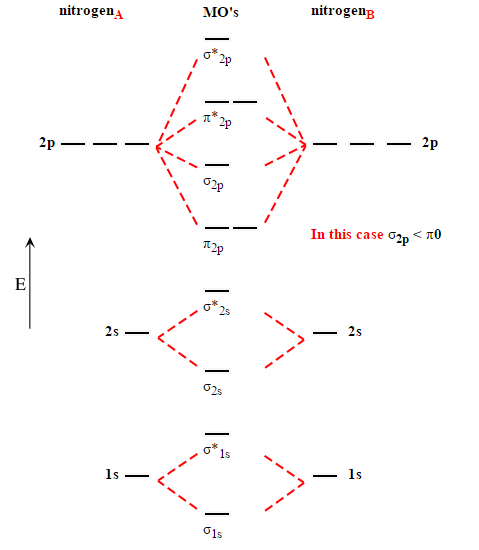
Each electron is represented as either an up-facing arrow or a down-facing arrow. If you still need more review, the theory was presented in Kotz Chapter 7. The electrons are drawn in on blanks representing the orbitals. So here are a couple of pictures of atoms with their shells populated by electrons to help you remember this atomic theory. As with any theory, these explanations will only stand as truth until someone (you maybe?) comes up with a better explanation or description. An orbital is a region of space where there is a high probability of finding an electron. the lowest energy orbitals will be filled first. Current theory suggests that electrons are housed in orbitals. are all part of an empirical theory designed to explain what we observe with respect to molecular structure and bonding. Aufbau principle explained the sequence in which electrons occupy the orbitals, i.e. Hunds rule states that before a second electron is filled in an orbital. The increasing order of energy of different orbitals in a multielectron atom is: 1s < 2s < 2p < 3s < 3p < 4s < 3d < 4p < 5s < 4d < 5p < 6s < 4f < 5d < 6p < 7s and so. Hunds rule specifies the order in which electrons are filled in all subshell orbitals. In cases where the two orbitals have the same value of (n + l), the orbital with a lower value of n is filled first. It is important to note here that these orbitals, shells etc. Orbitals are filled in order of increasing value of (n + l) b.

The word ‘Aufbau’ in German means ‘Building up’. the orbital with the lowest energy will be filled first and the orbital with the highest energy will be filled first. In the n=1 shell you only find s orbitals, in the n=2 shell, you have s and p orbitals, in the n=3 shell, you have s, p and d orbitals and in the n=4 up shells you find all four types of orbitals. The electrons in different orbitals are filled in the increasing order of their energy, i.e. These orbital designations are derived from corresponding. Within each shell of an atom there are some combinations of orbitals. The principal quantum number is named first, followed by the letter s, p, d, or f as appropriate. There are four types of orbitals that you should be familiar with s, p, d and f (sharp, principle, diffuse and fundamental). Ģ) Orbitals are combined when bonds form between atoms in a molecule.

This is why the hydrogen atom has an electron configuration of 1s 1.

Notice that the 1s orbital has the highest probability. Below is a diagram that shows the probability of finding an electron around the nucleus of a hydrogen atom. The order of size is 1s < 2s < 3s <, as shown below. As the energy levels increase, the electrons are located further from the nucleus, so the orbitals get bigger. What are they and how do they work with respect to bonding?ġ) An orbital is a three dimensional description of the most likely location of an electron around an atom. An s orbital is spherically symmetric around the nucleus of the atom, like a hollow ball made of rather fluffy material with the nucleus at its centre. Let's revisit orbitals and basic atomic theory.


 0 kommentar(er)
0 kommentar(er)
